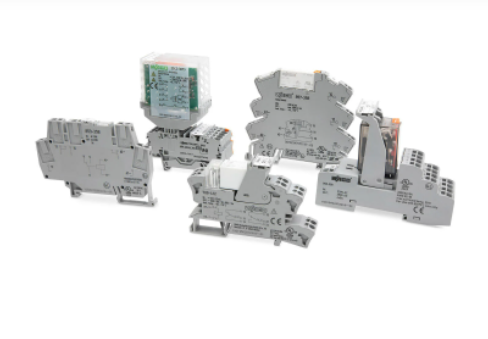
A power relay is a switch that uses an electromagnet to open or close a circuit. The current flowing through the electromagnet activates the switch, which can then control a much larger electrical load. Power relays are used in various applications, from simple household devices to sophisticated industrial machinery.
What are the uses of power relays?
Power relays can control just about anything that requires an electrical current, from the lights in your home to the motors in your car. They are often used in industrial applications, such as controlling the flow of electricity in a factory or powering a machine on and off.
A power relay is an electrically operated switch that interrupts or completes the flow of electrical current in an electrical circuit. They are used to control high-current loads by switching low-current signals. There are many different types of relays, each with its own unique set of specifications.
Different types of power relays
There are many different power relays, each with its own unique set of features and applications. The most common types are:
– General-purpose relays:
These are the most basic type of relay and can be used for various simple applications.
– Time delay relays:
These relays have a built-in timer that delays the activation or deactivation of the switch. This is useful for applications where you need to allow the electrical current to ramp up or down.
– Solid-state relays:
These are the most reliable type of relay, as they have no moving parts. This makes them less likely to fail over time.
Which are the most reliable relays?
Solid-state relays are the most reliable type of relay because they have no moving parts. This means that they are less likely to fail over time, making them ideal for applications where reliability is critical. Here are some other benefits:
Long lifetime:
Solid-state relays are the way to go for those who want their system always working without any hassle. These devices can operate millions of times with minimal wear and tear on performance with no moving parts. This makes them perfect in situations where maintenance isn’t necessary or desired!
Smooth switching:
The lack of moving parts makes solid-state relays quick and efficient. Applying power quickly will allow you more control over your application’s functionality, whether it be turning something on or off with precision!
Shock and Vibration resistance:
Without the ability to move parts, solid-state relays will not bounce or contract electrically in demanding environments. This makes them highly susceptible and volatile under high vibration conditions.
That’s everything you need to know about power relays! Have any questions, let us know in the comments!







